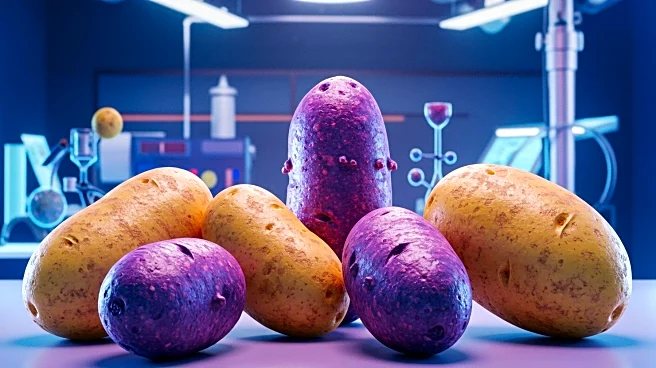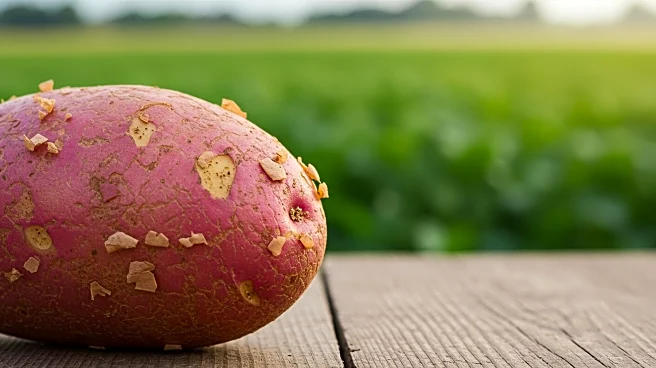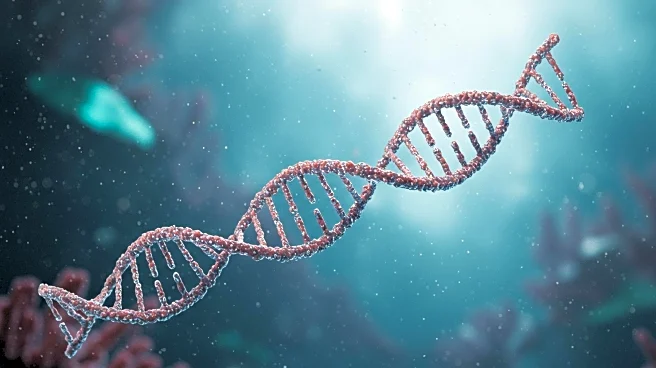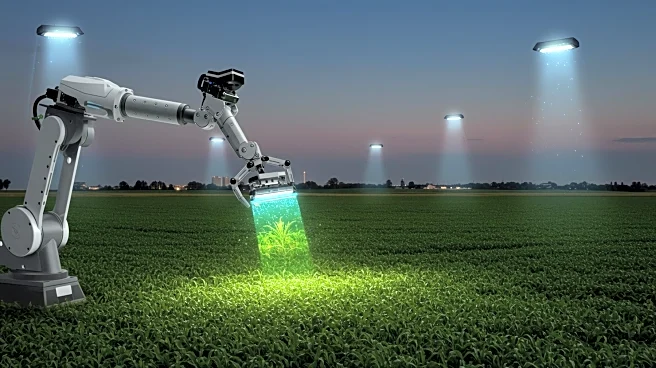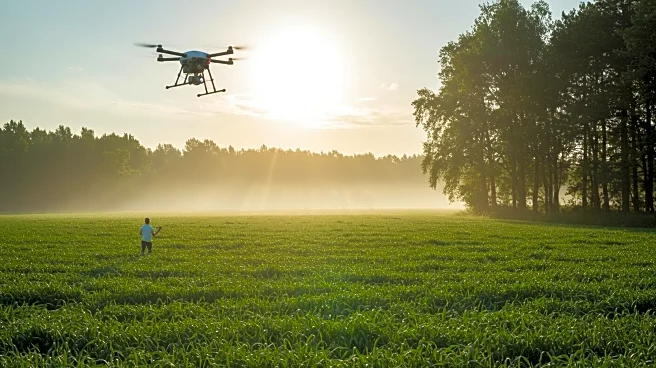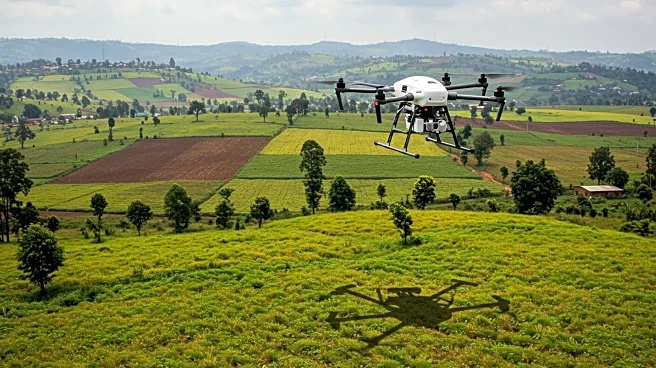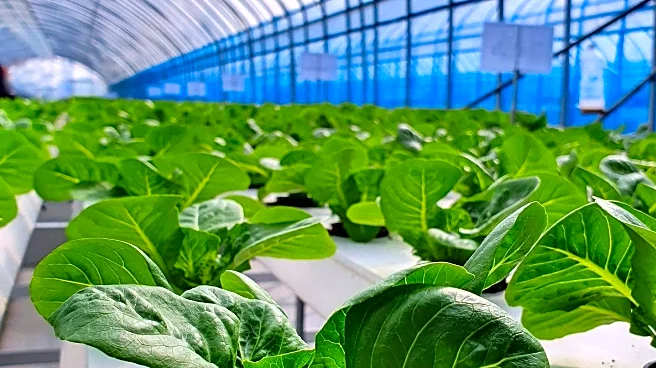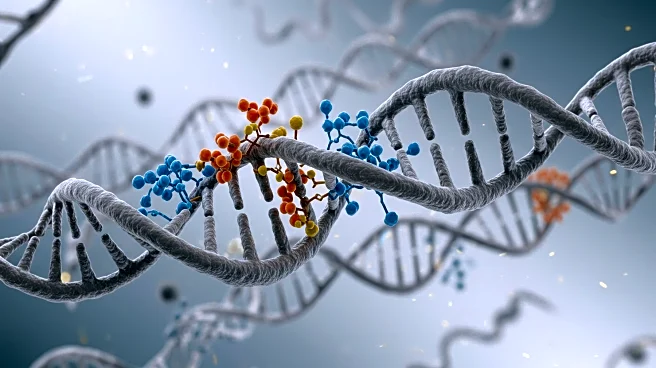What is the story about?
What's Happening?
Researchers have discovered that the domesticated potato and its wild relatives originated from a hybridization event between ancestors of tomatoes and Etuberosum plants approximately nine million years ago. This genetic mix allowed potatoes to develop tubers, a trait absent in both parent species. The hybridization occurred as the Andes were forming, providing new high-elevation habitats ideal for potatoes. The study, published in the journal Cell, involved sequencing genomes of various potato species, revealing a balanced mix of genes from both tomatoes and Etuberosum. This finding resolves a long-standing mystery about the potato's lineage.
Why It's Important?
The discovery sheds light on the evolutionary processes that lead to the development of new plant species, highlighting hybridization as a significant force in evolution. Understanding the genetic origins of potatoes can inform breeding programs aimed at enhancing traits such as disease resistance and climate adaptability. The research may pave the way for genetic engineering efforts to improve potato crops, potentially leading to more sustainable agricultural practices. As potatoes are a staple food worldwide, advancements in their cultivation could have significant implications for food security and agricultural economies.
Beyond the Headlines
The study emphasizes the role of hybridization in generating biodiversity and adapting to environmental changes. It suggests that similar events may have contributed to the evolution of other plant species, offering insights into the mechanisms of natural selection and adaptation. The research also highlights the potential for using modern genomic tools to explore the origins of other crops, which could lead to innovations in agriculture and conservation. The findings may inspire further studies on the genetic relationships between domesticated plants and their wild relatives.
AI Generated Content
Do you find this article useful?
